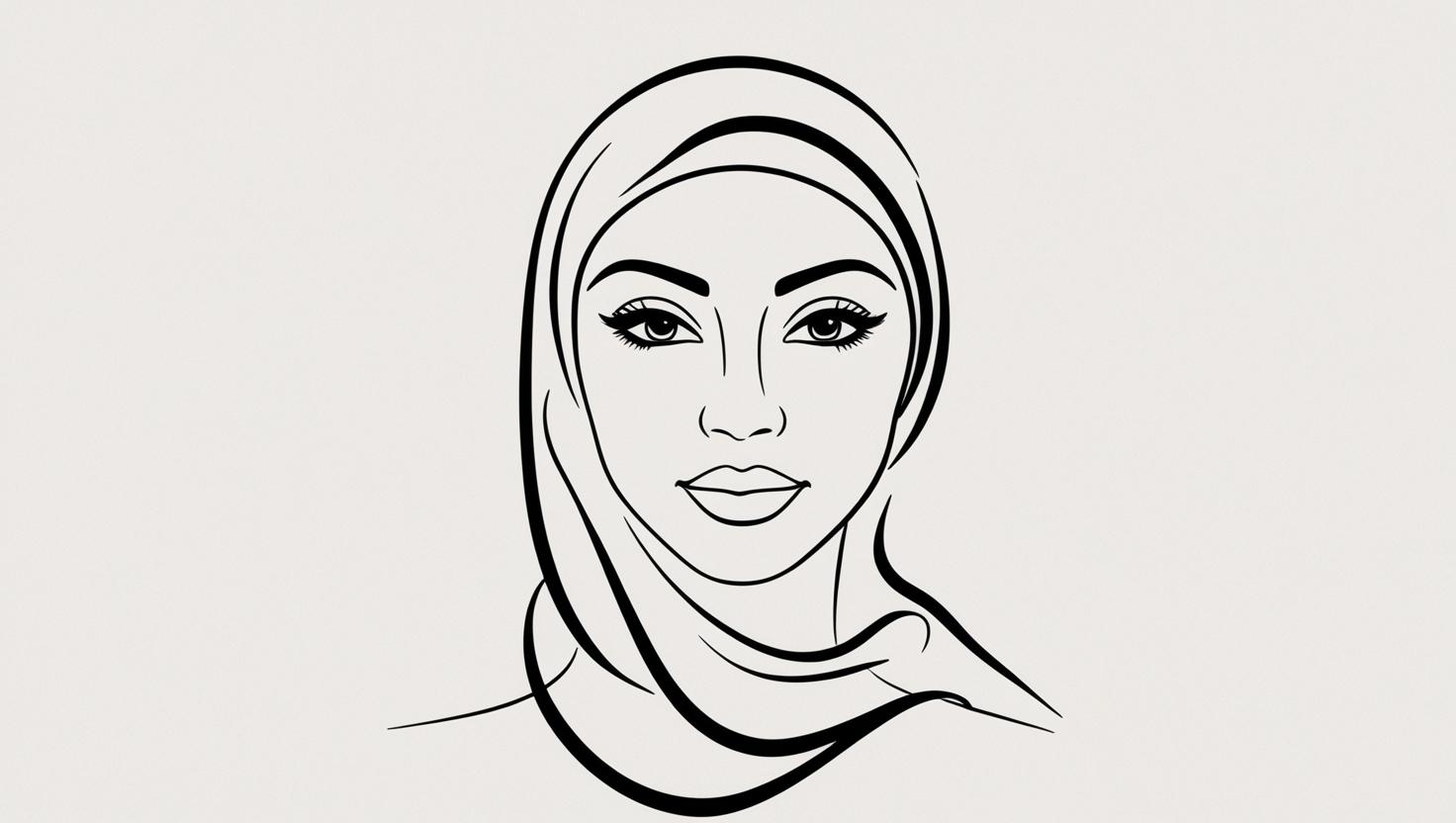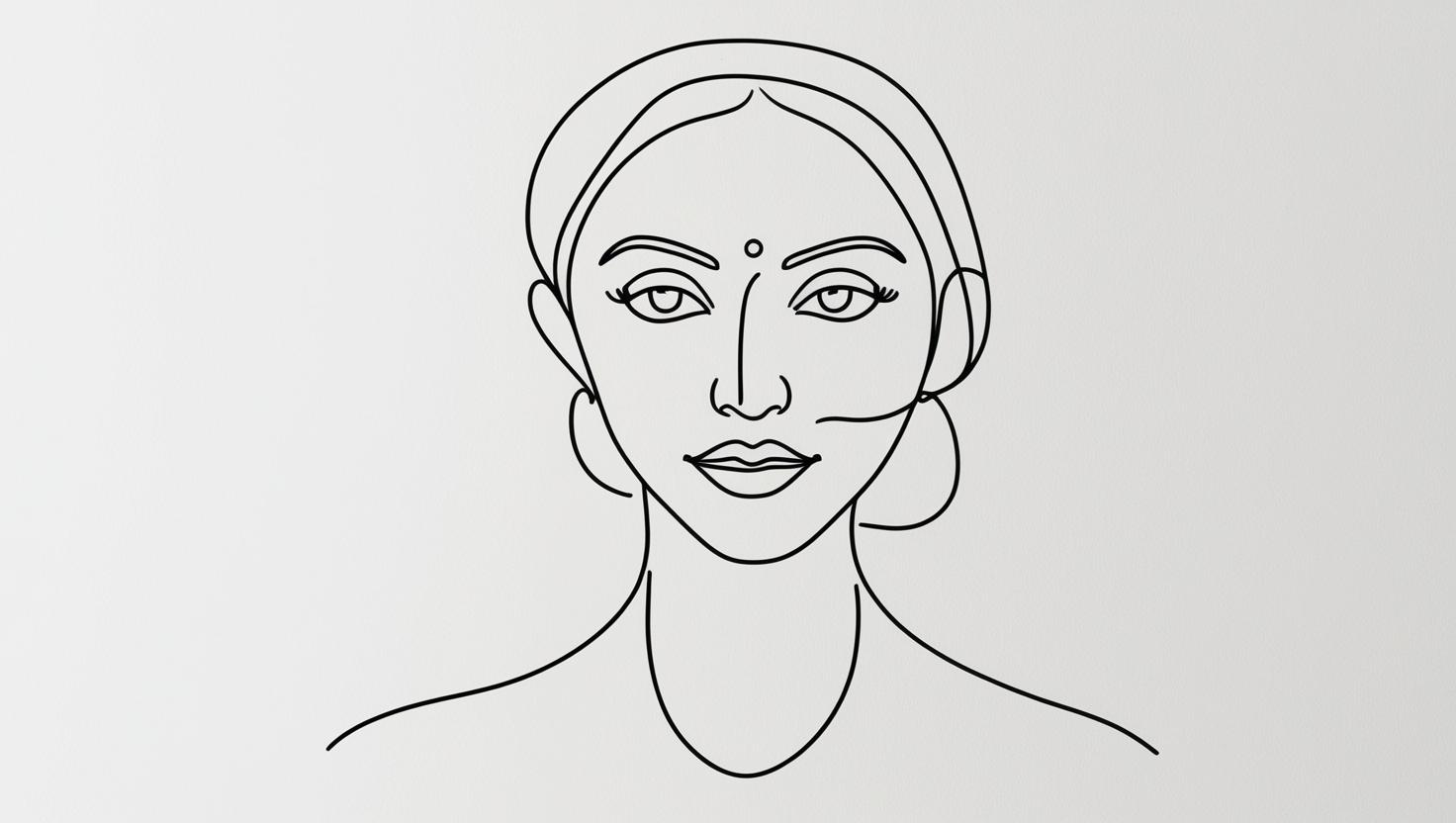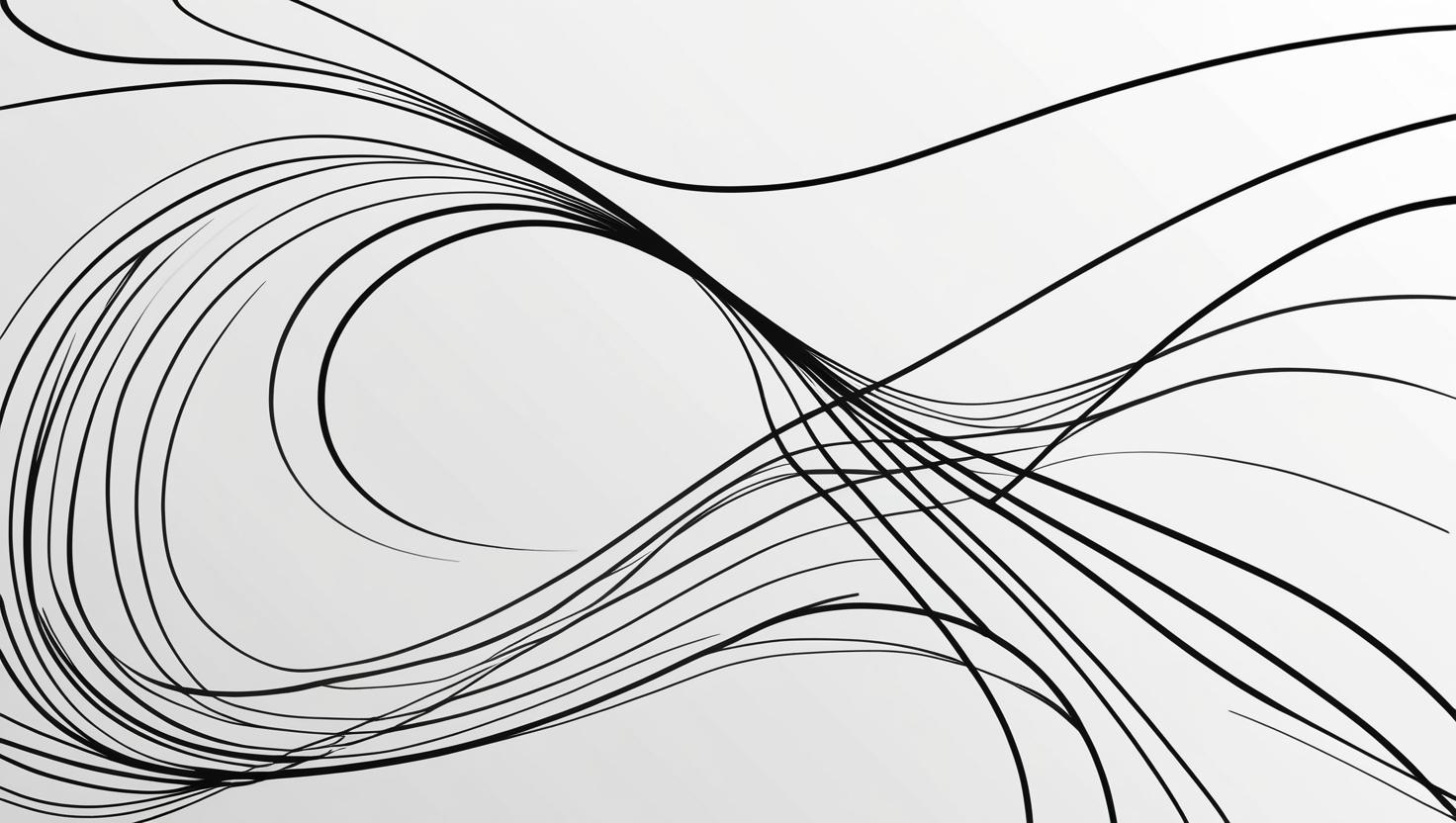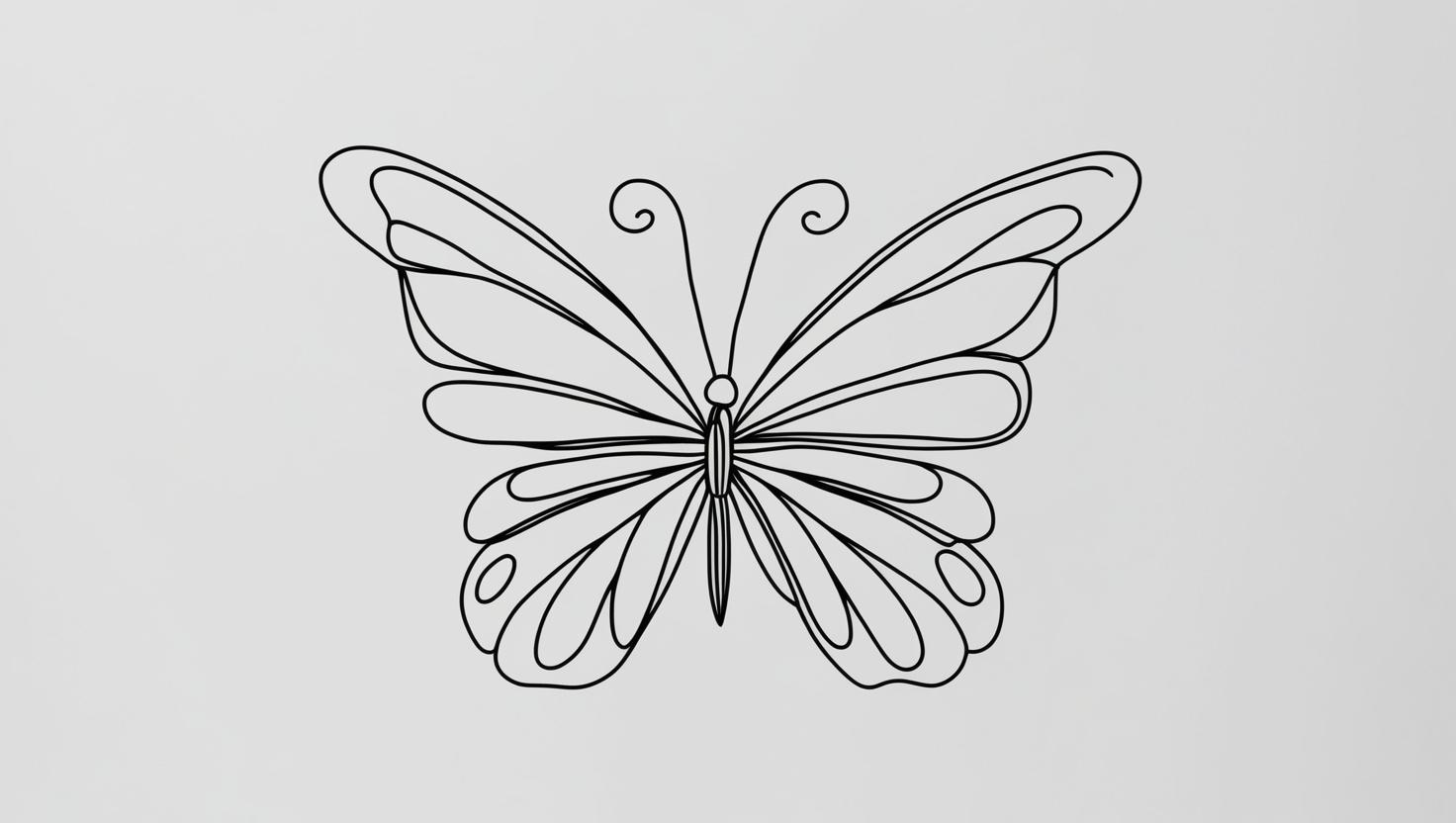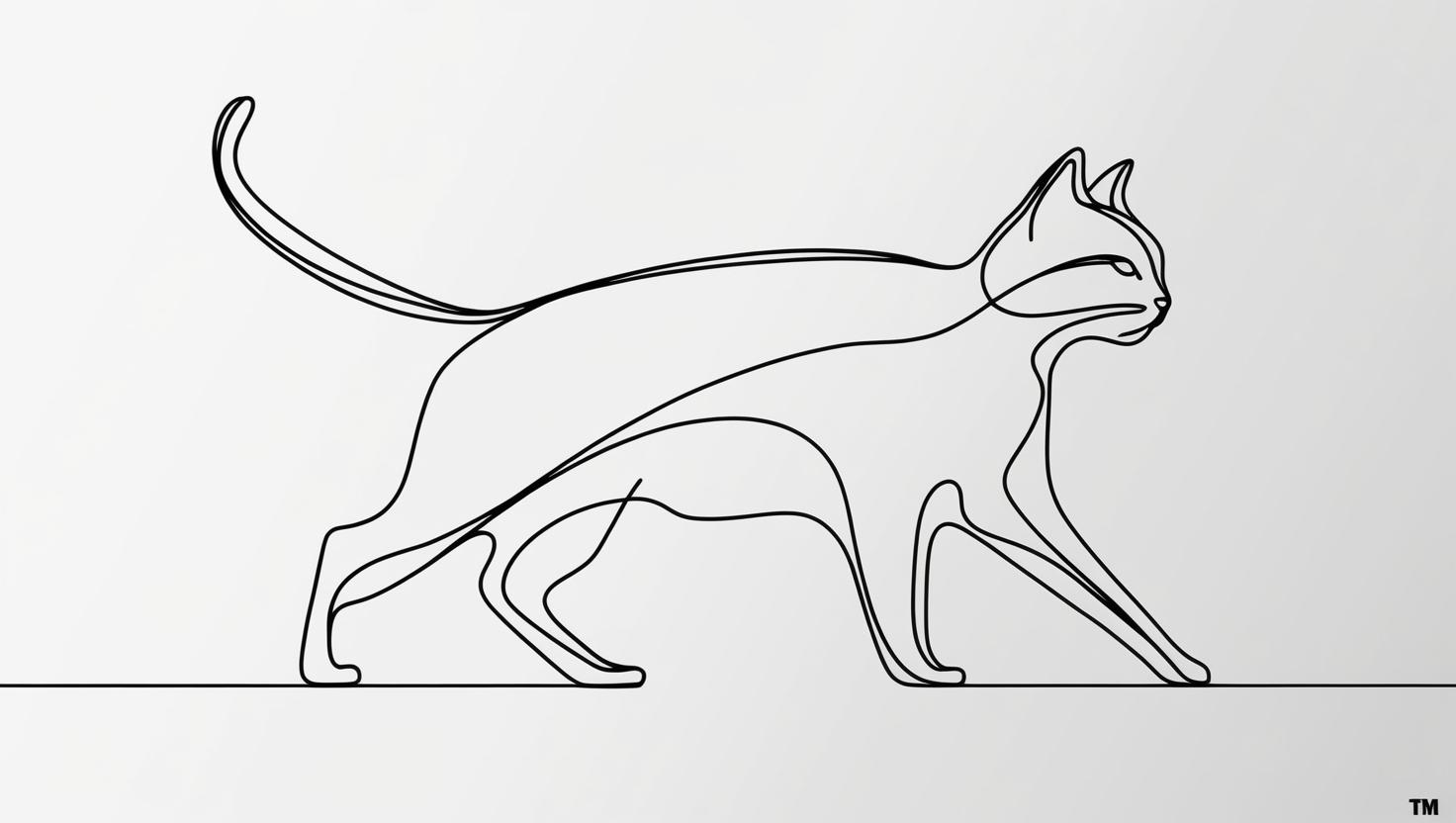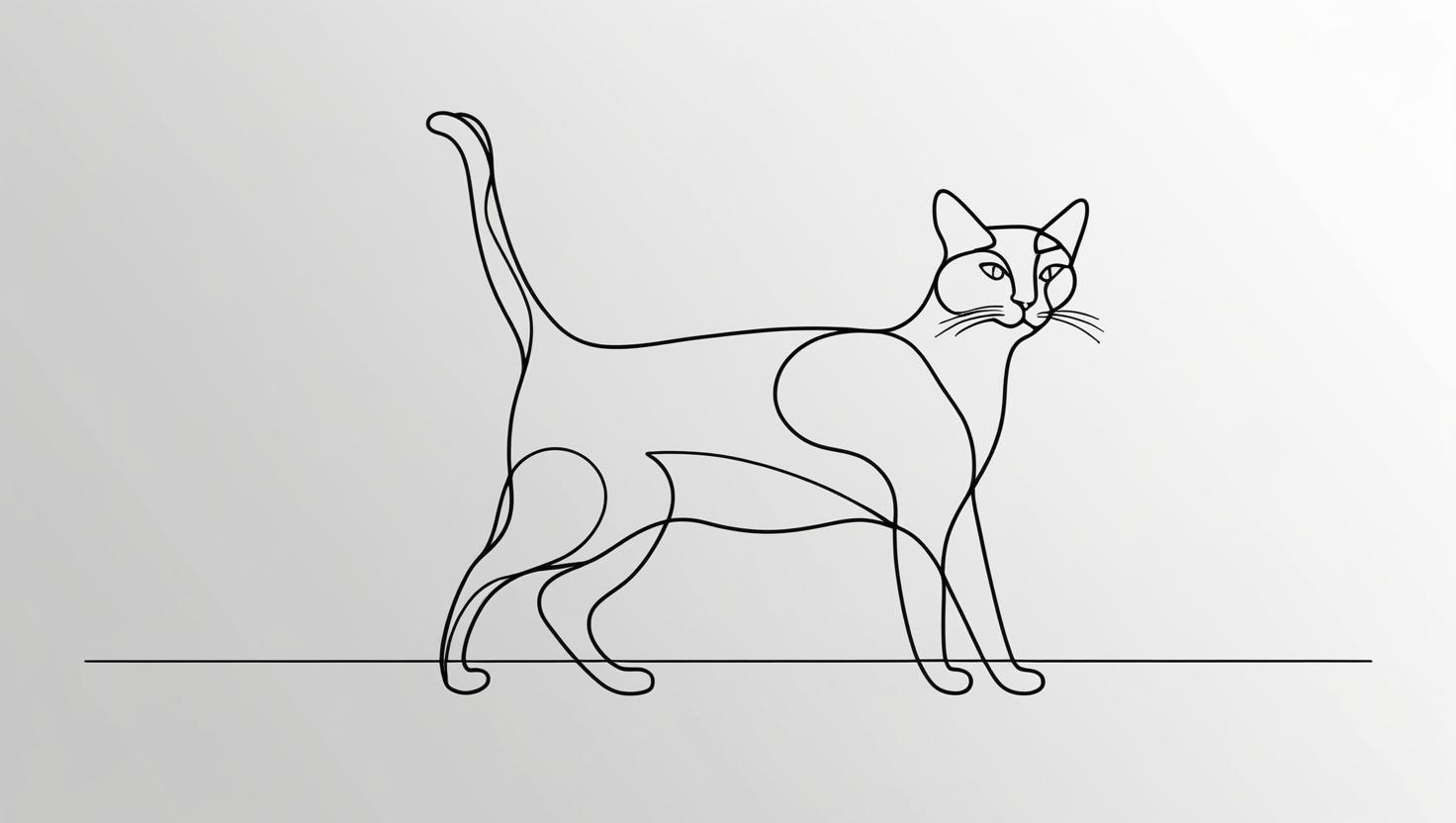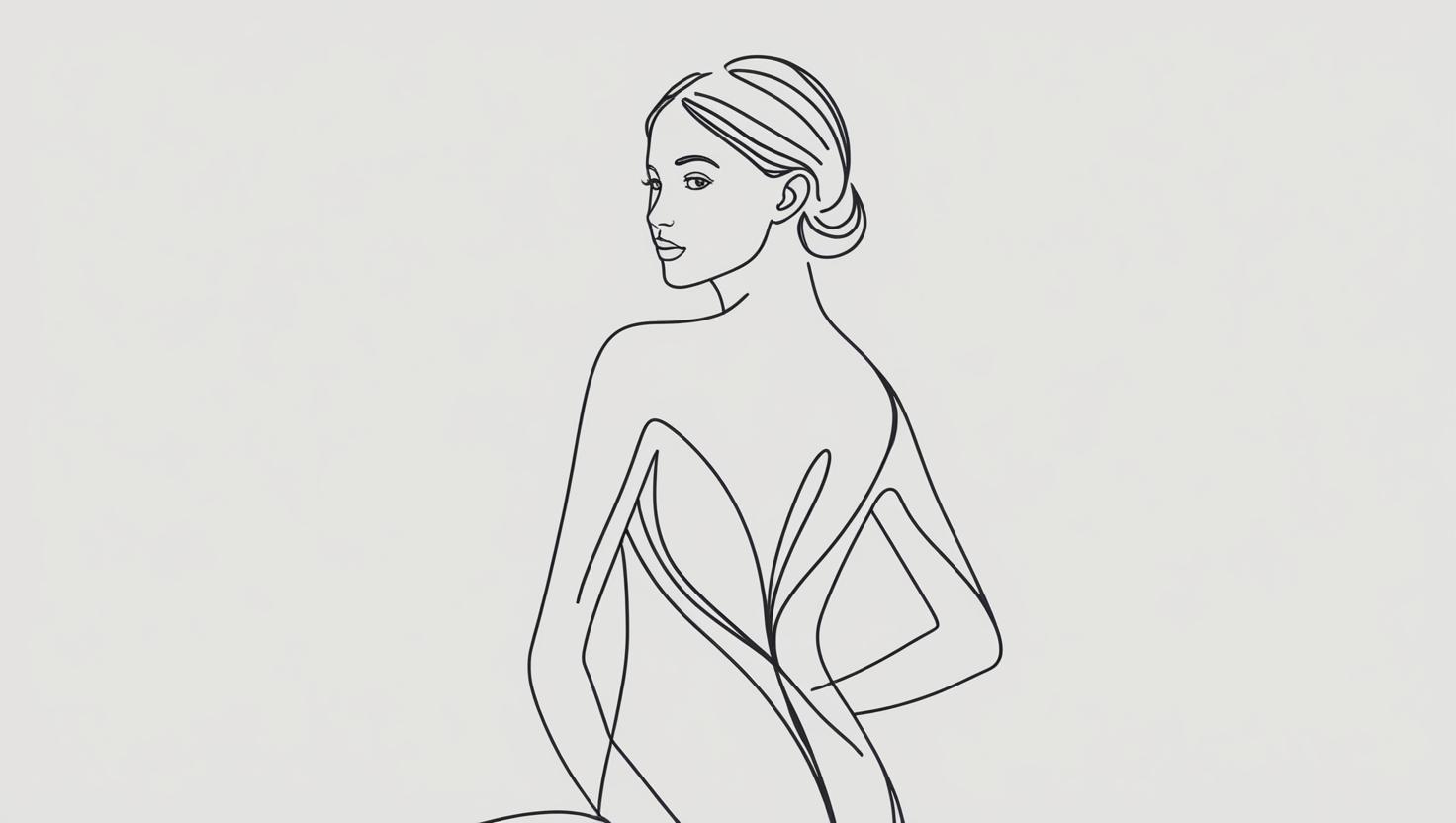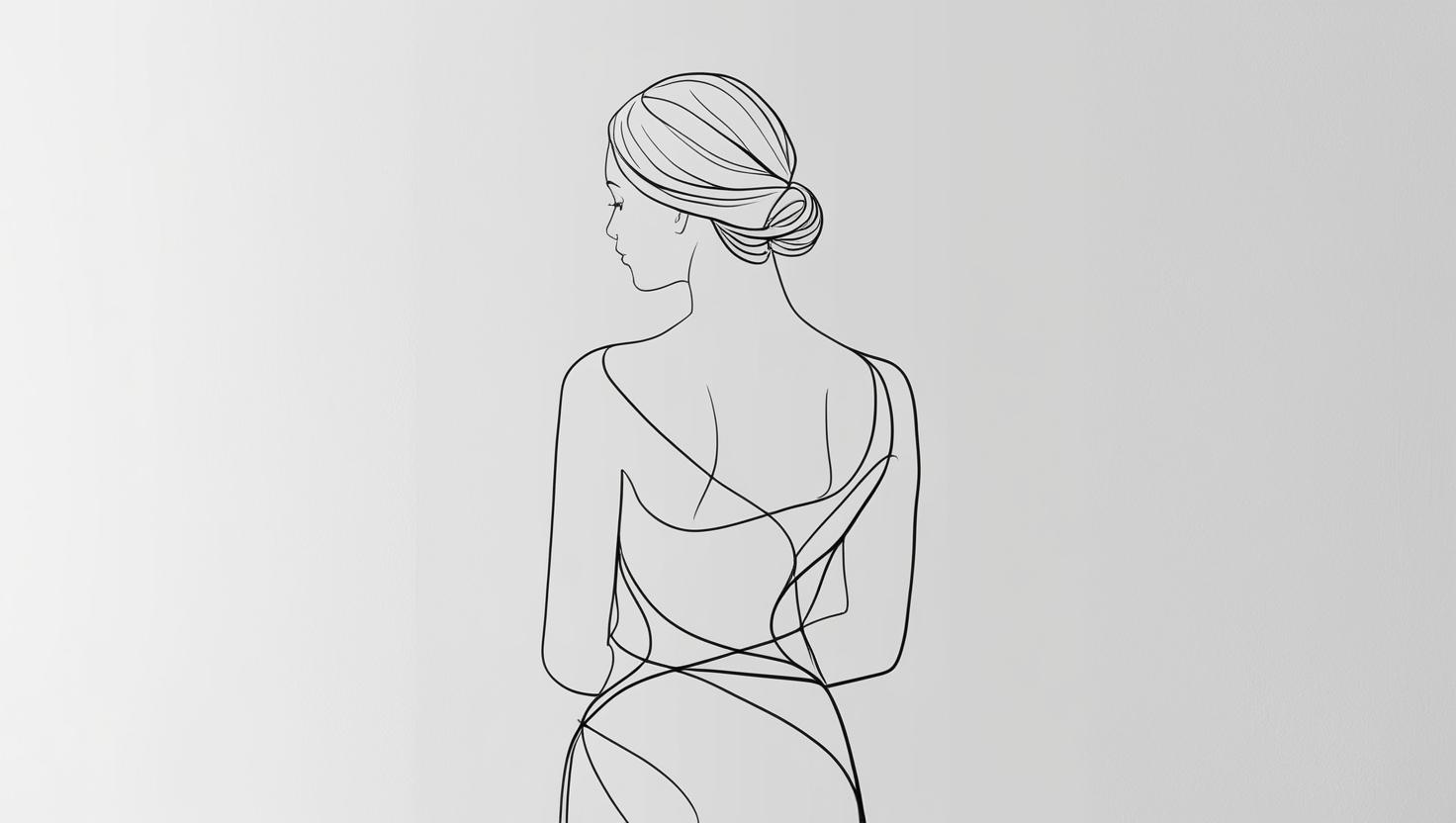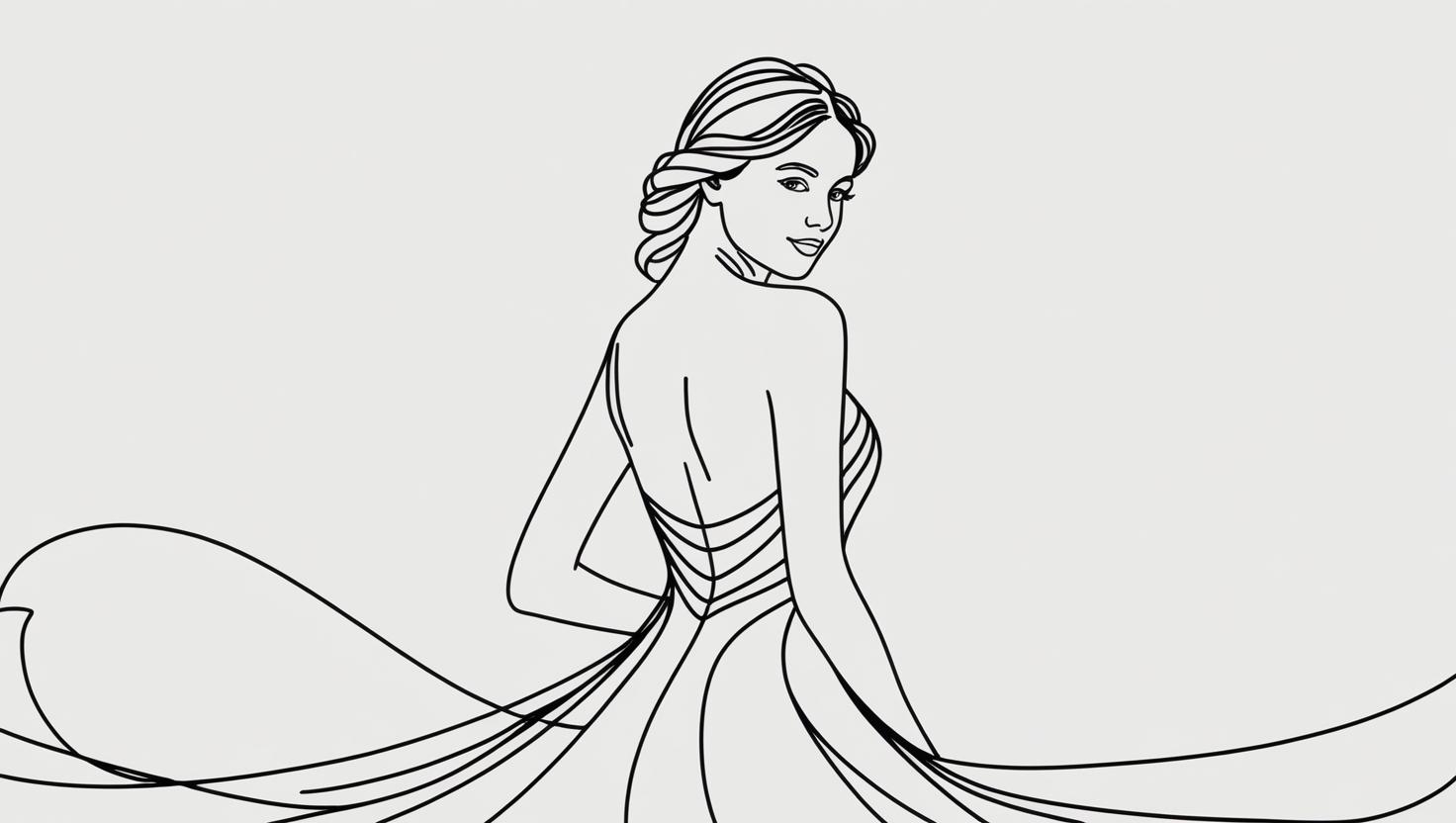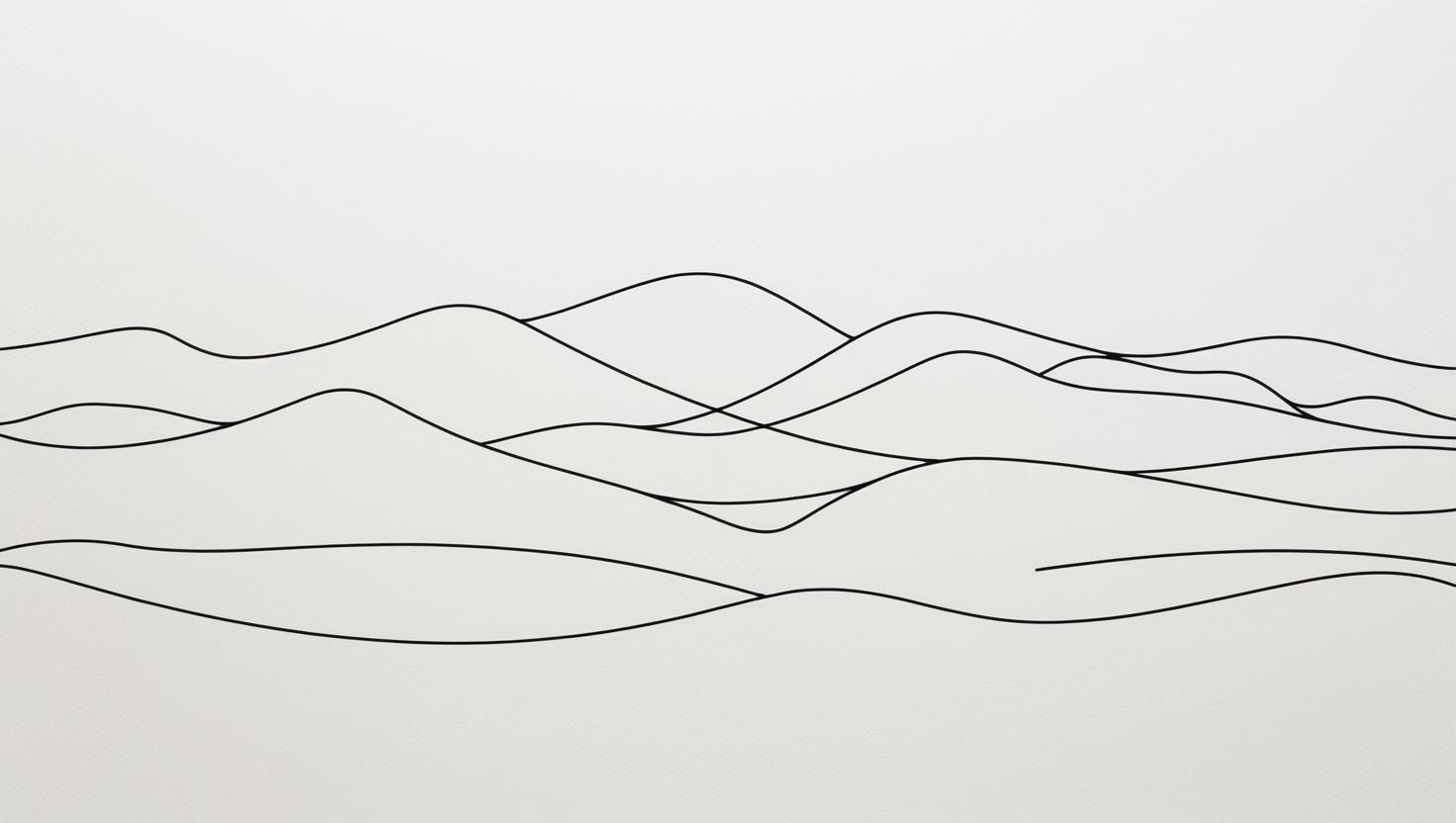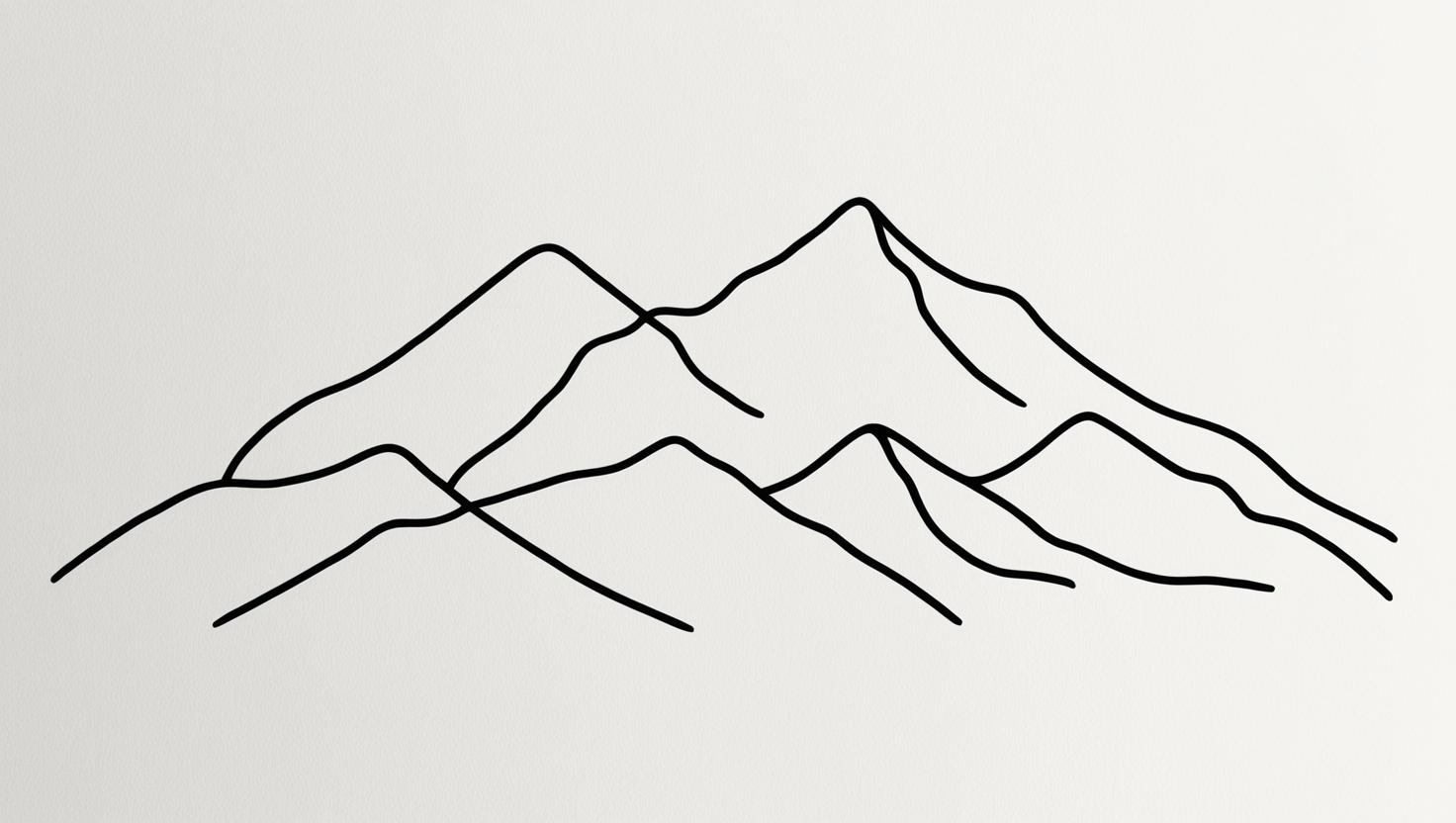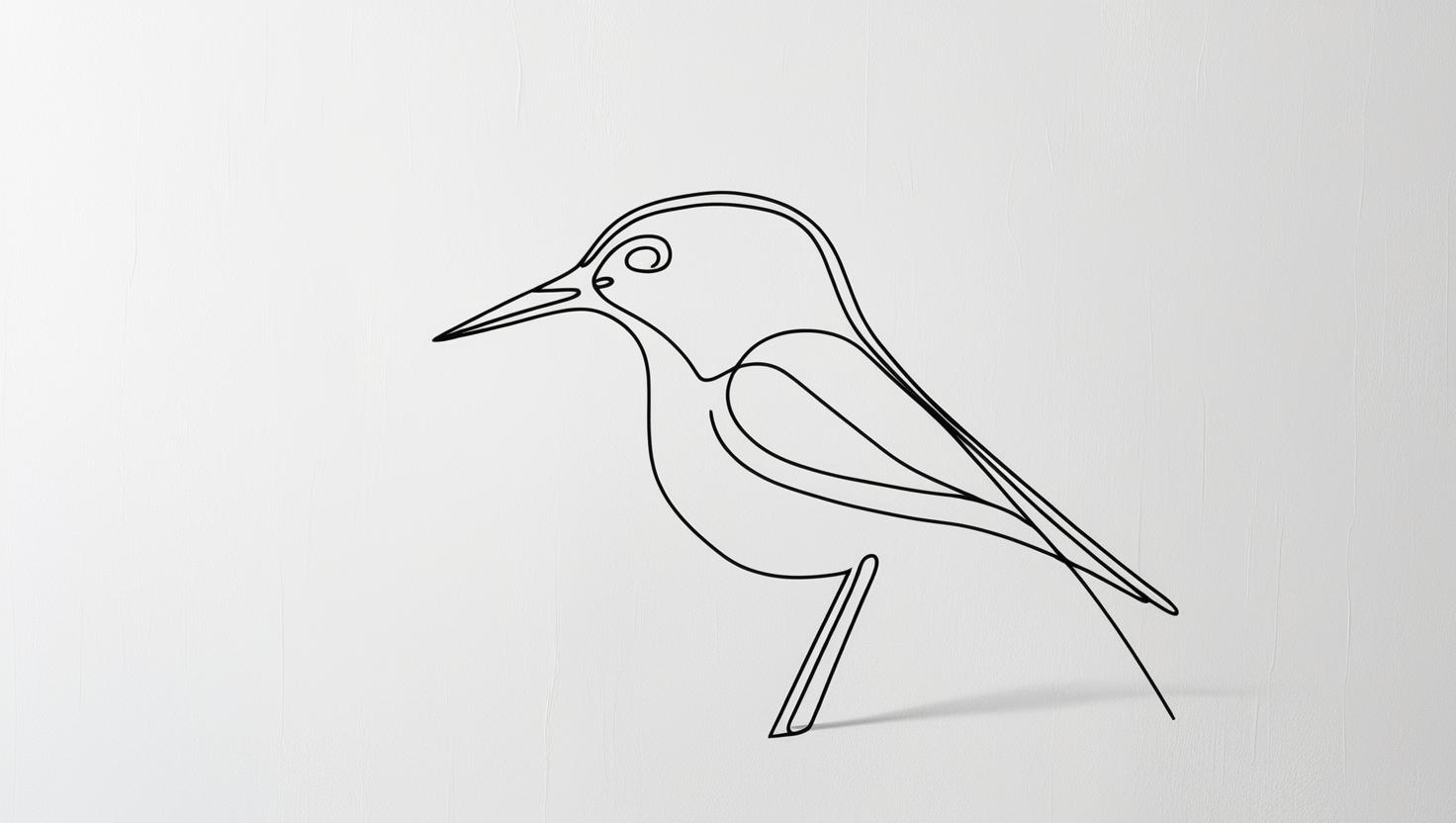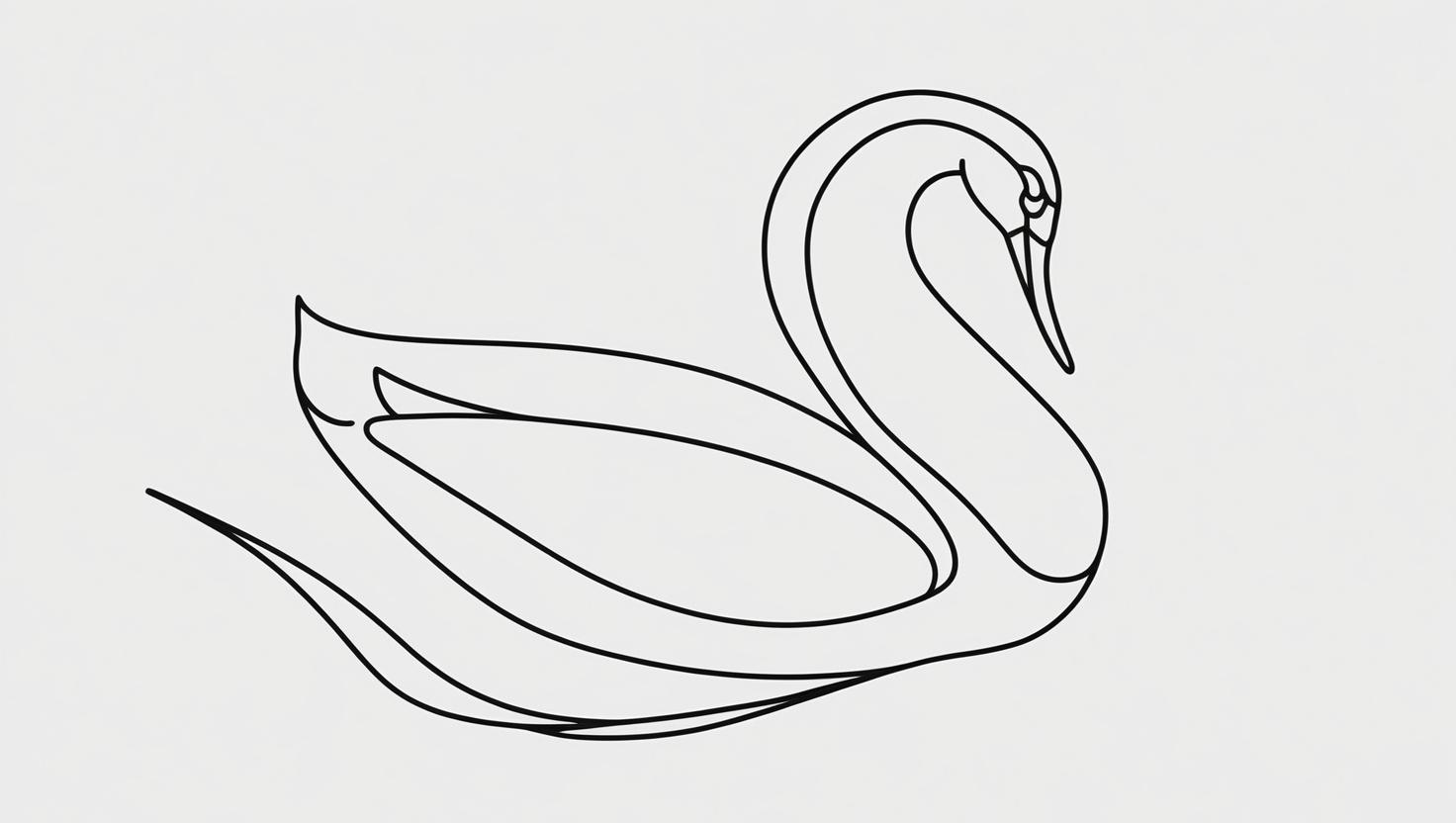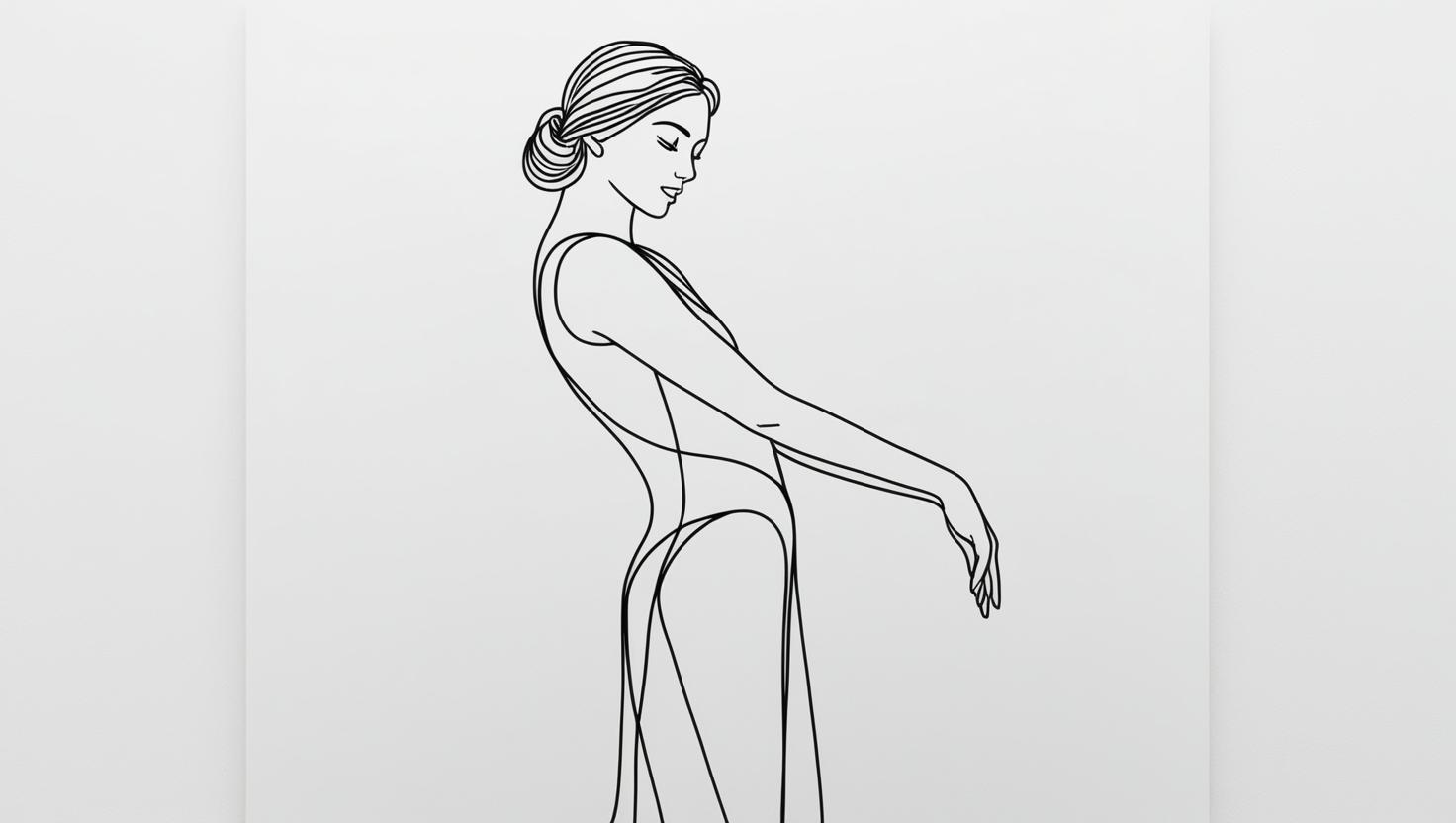Development History
One Line Art has gained recognition worldwide, particularly in Japan, where it is known as "一筆描き (ippitsugaki)." This art form emphasizes completing an artwork with a single, continuous line, reflecting high levels of skill and patience. As globalization progressed, One Line Art began to integrate into Western art scenes, attracting more artists to explore and innovate within this style.
Notable Artists
- Kazuhiko Okushita: A renowned Japanese artist known for his intricate One Line Art that often features complex and expressive imagery, providing a profound visual impact.
- Chan Hwee Chong: A Singaporean artist celebrated for his unique drawing technique, which involves creating images by continuously looping lines from the inside out, resulting in distinctive visual effects.
- Differantly Studio: A design studio from Germany that focuses on One Line Art icon design, creating various series of icons that depict animals and everyday themes, showcasing the application of this art form in modern design.
- James Zuckerman: A full-time artist from Minneapolis, USA, known for his ink paintings that incorporate elements of One Line Art, successfully blending traditional and contemporary styles.
Artistic Characteristics
One Line Art is characterized by its simplicity and fluidity. Artists use a single line to capture the shapes and dynamics of their subjects without lifting the pen. This style not only tests technical skills but also stimulates creativity, making the artwork lively and engaging.
Modern Applications
Today, One Line Art is not only prominent in traditional painting but also widely used in illustrations, icon design, and digital art. Many contemporary artists embrace this style to express their personal aesthetics while drawing attention to minimalist beauty.
In summary, One Line Art's international development is rich and varied; it serves as both a continuation of traditional techniques and a vital part of modern artistic expression, inspiring countless artists to explore new ways of visual storytelling.
